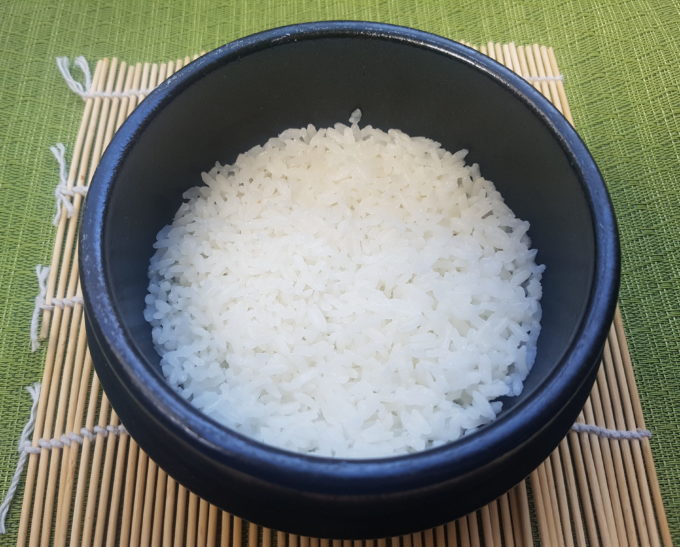Armenia. It’s own nation; just barely. They are incredibly proud of their heritage and their homeland. They come from the ancient lands of the Mesopotamia and lived through the Ottoman empire. They’ve been ‘owned’ by both Turkey and Russia, over and over, and their cuisine is a mix of flavors that shows these ever waving […]
Read moreI chose to go with long grain white rice because it’s an excellent choice for a variety of tasty side dishes. Different types of rice such as brown rice and wild rice require different ratios of water as well as altered cooking times, so I’ve opted to keep it as simple as I could. White […]
Read moreHaving worked on 6 furikake recipes before this one, I am surely getting the hang of flavors and styles by now. As great as it is to replicate existing ideas, it’s also nice to come up with something your own, as it pertains to your personal preferences and region. That being said, there isn’t much […]
Read moreThere are several names and styles for this kind of furikake. First, shiso, perilla, and beefsteak plant are all the same thing. It is a member of the mint family, with green to dark purple tooth-edged leaves. It has a very strong mint-basil flavor, with definite pepperiness and a bitter undertone. It can also be […]
Read moreTaro is a starch used by nations all around the world, and in a lot of different ways. Having started with a Trinidad inspired dish involving coconut, it was only fitting to head to Asia, strongly believed to be the traditional home of the taro root, and create an entirely different dish that also uses […]
Read moreThis recipe calls for Asian Yam. This is not to be mistaken for what gets marketed as ‘yam’ in the US. Despite popular belief, both the yellowy sweet flavored potato that is labeled ‘sweet potato’ and the orange fleshed extra sweet flavored potatoes named ‘yam’ are both just that, sweet potatoes. The cousin of the good-ole reg’ya’la […]
Read moreThis is the most basic of Furikakes. Simply unhulled sesame seeds and salt. It has been used in Japan for thousands of years over rice, fish, and a multitude of other dishes, but has gained some more recent fame as a lower sodium substitute to straight salt. Using a ratio anywhere from 15:1 to 5:1 […]
Read moreBibimbap is an incredibly versatile dish. Meaning literally ‘Mixed Rice,’ it is perfect for left overs or pre-made banchan. You simply add your desired sauteed, steamed or fermented vegetables of choice, typically along with bolgogi beef, to a hot bowl of crisping rice, and top it with a poaching egg. Although the meat and vegetables […]
Read moreFirst, let’s distinguish the difference between a dolsot, a stone pot with a stone or wooden lid, and a ddukbaegi (sometimes written ttukbaegi), a ceramic pot that typically comes with no lid, although they are available. Besides the obvious appearance, the price tag is one of the first major differences. Here in Anchorage, and it […]
Read moreYasai Fumi Furikake is also known as veggie furikake. As yasai fumi means ‘vegetable flavor,’ it’s a wonderful way to take those otherwise nearly indistinguishable ‘healthfood’ vegetable chips, and turn them into something tasty. Now there are two common varieties of these vegetable snacks. For this recipe I used the vegetable chips, but one could […]
Read more









